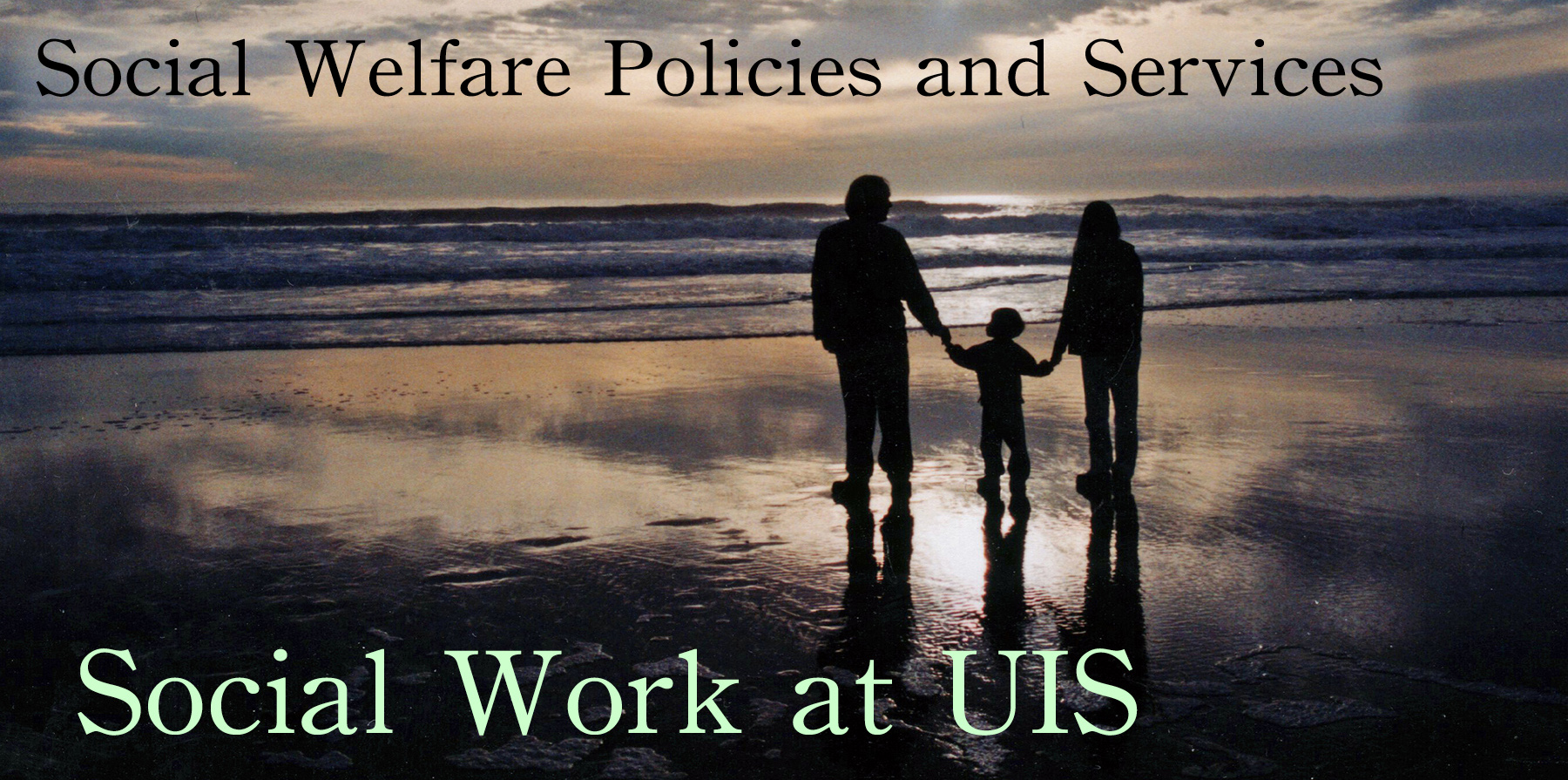Class session lasts from February 23 at 6:00 p.m. to March 2 at 5:59pm, but the discussion boards will not be graded until after March 9th.
This page describes what you should do in this sixth session.
What must you read this week?
Read Historical Background And Development Of Social Security. (this will require about 1h 45 minutes to read). In January 2021, 46.4 million retired workers collected Old_age retirement pensions with Social Security, with an average monthly benefit of $1,547. At the same time, 8.2 million disabled workers received disability insurance with the average benefit at $1,278. A total of 64.8 million persons received Social Security or Disability Insurance benefits (that includes many spouses and children and widows/widowers), with average montly benefits of $1,424. Budget authority for Social Security (old age and survivors) was $997 billion in 2021. The Social Security Disability Insurance budget for 2021 was $150 billion. That's a total Social Security budget of $1,147 billion (ignoring SSI, trust fund administrative costs, contributions to trust funds, and assorted incidental Social Security Adminstration costs).)
What you should know about the SSI Program (2017) (about 5 minutes). Estimate of the 2021 spending on SSI is $58.3 million. Just under 8 million persons received SSI in January 2021. Average monthly benefit was $586 in January 2021.
The Monthly Statistical Snapshot for Social Security. (10 minutes). Look up six facts (figures from December 2021 are here, which ought to be similar to current figures):
1) how many persons are getting Social Security (OASDI) benefits? (70.0 million)
2) how many are getting retirement pensions? (50.1 million, but only 47.3 million were retired workers getting benefits, the other 2.8 million were spouses and children of retired workers; an additional 5.7 million persons received survivor benefits);
3) how many are receiving SSI? (7.7 million);
4) what is the average monthly benefit received by retired workers getting Social Security? ($1,658);
5) what is the average monthly benefit received by disabled workers? ($1,358); and
6) what is the total amount of money paid out to households receiving Social Security benefits each month? ($99.8 billion); about $1.2 per year.
Disability insurance reading (National Academy of Social Insurance’s What is Social Security Disability Insurance? (10 minutes)
Earned Income Tax Credit reading (Tax Policy Center’s What is the earned income tax credit from the Briefing Book). (10 minutes
Affordable daycare reading. (Tax Policy Center’s How does the tax system subsidize child care expenses? from the Briefing Book). (10 minutes
Affordable health care reading. How the Affordable Care Act transformed our health-care system, by Annie Nova, December 29, 2019, CNBC. 10 minutes
What must you watch this week?
There is nothing assigned for you to watch this week.
What are the discussion questions this week?
Discussion Question 1:
Discussion Question 6-1: Check in. Tell us how you are doing and what is going on in your life? Let us know how you are.
Discussion Question 2:
Discussion Question 6-2: Share a poem. Find a poem—ideally, a poem you like. Share it here, and explain why you chose it, or what it means to you, or why you like it. Your instructor once collected his 19 favorite poems and put them all together. If you prefer, you could share a poem you hate. I think Edgar Guest’s poem Home must surely be one of the worst ever written in the English language: really a Vogon poem.
Discussion Question 3:
Discussion Question 6-3: What have you seen in the news about social welfare policies and services? What events have recently happened that help us understand social welfare policies and services? If you have something to share here, it is helpful to offer a link to a news item.
Discussion Question 4:
Discussion Question 6-4: Please offer your own ideas about how we can raise wages. Keep in mind that male hourly wages for full-time year-round workers in the USA peaked (in terms of what an hour's labor brought in wages) back in 1973, and female hourly wages peaked in 2007. How can we raise compensation, and create a wealthier society? Before you answer or post opinions on this topic, it's helpful if you have read some articles on the effects of raising the minimum wage.
Discussion Question 5:
Discussion Question 6-5: In session five (with links from the hand-out for session 5) you were told to consider some of the arguments and some of the facts around the issue of minimum wages. Now that you have had some time to read those articles and reflect on what they tell us, what are your opinions on the minimum wage? Should it be raised? What do you think would happen if the minimum wage was raised?
Discussion Question 6:
Discussion Question 6-6: What is an "affluent society" and how wealthy should we be? How do you think of wealth and affluence? Is it mostly about how much money you have, and what you can do with it? How do policies that increase wealth and income influence the happiness of society? How do we consider the influences upon happiness, or the long-term sustainability of our policies, when we balance those considerations against the more easily measured goals related to household incomes or hourly wages or unemployment rates? Is it adequate to assume that higher wages and incomes combined with lower unemployment rates are producing a sustainable and happier society, or must we really find other ways to measure the "success" of the social welfare policies designed to insure domestic tranquility and promote the general welfare?
Discussion Question 7:
Discussion Question 6-7: The readings in this session describe ways we collectively support incomes through public old age pensions (Social Security, disability insurance, the Earned Income Tax Credit, and some other polices (such as Medicare and the Affordable Care Act). While all these programs do tend to do some redistribution of wealth and income, so that low-income Americans get relatively poor and pay relatively less, while wealthy Americans tend to get relatively less and p ay relatively more, it turns out that most of the money collected by the government comes from middle class (households earning $45,000 to $100,000) and goes back to the middle class (because Social Security and Medicare are the biggest programs, and most people are in the middle-class, so most revenue comes from the middle class and most Social Security and Medicare spending goes to the middle class).
Some people say, therefore, that much of our welfare system is not really addressing social justice; we are instead just circulating money around, taking from healthy working-aged middle-class persons and giving it to retired/sick/disabled middle-class persons, or taking from middle class persons who work and giving it to middle-class persons who are out-of-work for a few months. One suggestion is that we eliminate much of our income supplemental programs and just let the middle-class and wealthy take care of themselves, and really just focus on programs that transfer money to the poor. Another suggestion is that we make sure our income supplement programs do more to transfer money away from the wealthy and give more of it to the low-income people.
What are your thoughts on all these income supplemental programs? What benefits do you see Americans gaining from the existing system, and do you think there are any ways we would benefit by greatly reducing income supplement programs so that wealthy and middle-class Americans would not need to pay so much to support these programs, and could just pay the taxes necessary to help the poor? Or would we benefit by making the existing income supplemental programs more powerful in redistributing money from the wealthy to the poor? What would be the costs and harms of such a shift in our welfare system? On balance, would you prefer to keep things more as they are, or do you think we would have a net improvement by reducing the welfare system’s size so it only took care of the poor (and did not take so much away from the middle class, only to give it back to that class), or became more redistributive (gave more to the low-income persons and took more from the high-income persons)?
Discussion Question 8:
Discussion Question 6-8: See if you can answer some of these questions you will face (probably) in the final exam:
1) What is the act, first signed into law on August 14, 1935, that provides for most of the major social welfare policies in the United States?
2) What is a good estimate for the number of children who will experience abuse in any given year?
3) What are the two largest health care programs that together make up a huge portion of American public policy spending?
4) About how many adoptions take place each year in the United States? This is total adoptions, including infant adoptions from mothers/parents who put up their babies for adoption, adoptions out of foster care, international adoptions, and kin adoptions (e.g., if parents die and relatives step in to adopt).
5) In any given month, about how many children are in state custody, in foster care, etc.?
6) What is the public expenditure on Medicare benefits?
7) In 2018 (or 2019 if you can find more recent data), what percentage of American families experiencing poverty received cash benefits from TANF?
8) What change was recently (in the changes to the tax code made in December 2017) made to the tax law in regards to the Child Tax Credit?
9) What is the annual public expenditure on Supplemental Security Income?
10) About how much was the public expenditure on the Social Security Retirement Insurance benefit?



























